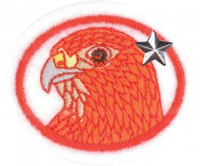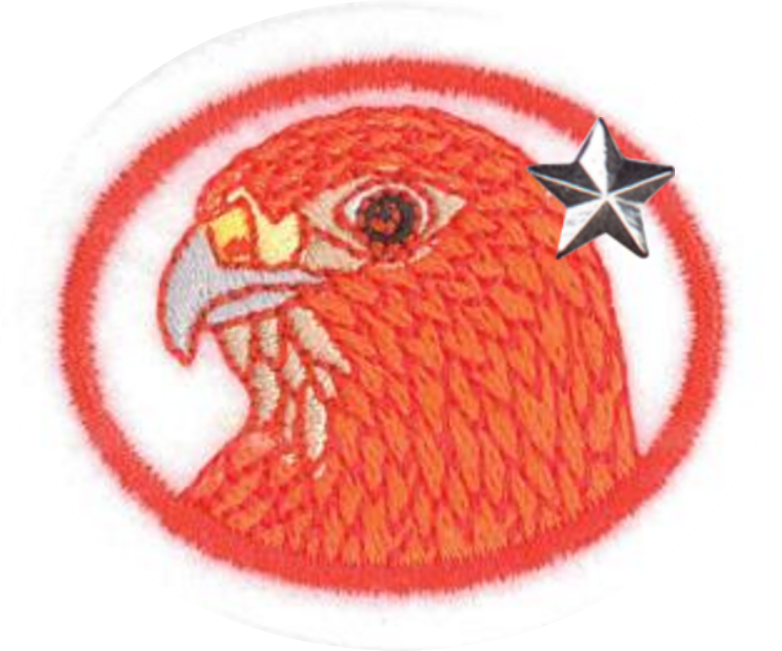Especialidades JA/Aves de rapiña - Avanzado/Respuestas
Nivel de destreza
3
Año
2015
Version
03.12.2025
Autoridad de aprobación
División Norteamericana
1
2
2a
For breeding pairs that stay on their territory year round the breeding season is marked by an increase in aerial displays and the male and female spending more time together around the nest site.
2b
2c
2d
3
3a
3b
3c
No one knows for certain when and where the practice of falconry began except that it started centuries ago, probably some 1000 years before Christ. It was practiced in Mongolia at a very remote period and was introduced in Europe around 400 AD. In 680, Chinese records describe falconry. In 4th century BC, gold coins picture Alexander the Great with a hawk on his fist.
Falconry was a popular sport and status symbol among nobles of medieval Europe. In Europe the “Goshawk was called the ‘Cook’s Hawk’ because it could catch so many things for the table including rabbit, hare, pheasants, partridge, pigeon, grouse etc.” By the 1800's the sport had declined in Europe but by the 1920 and 30’s it surged again. The first large falconry association, The Peregrine Club, was established in the USA (disbanded in WWII). The Peregrine Fund was established in 1970.
Today falconry continues to be practiced worldwide, although banned in Australia and the Scandinavian countries, with about 50% of the world’s falconers existing in the Middle East and Arab region. Falconry today is not only for sport but falconers are committed to conservation. Falconers played a large part in the recovery efforts of the Peregrine Falcon.
Today there are regulations in place so that only birds in stable and plentiful status are the used. In the US, becoming a falconer is a long process involving state and federal licensing, an exam, facility inspections and a minimum of two years as an apprentice.
Falconry was used as a status symbol:
| King | Gyrfalcon, either male or female |
| Prince | Peregrine Falcon |
| Duke | Rock Falcon |
| Earl | Tieral Peregrine |
| Baron | Bastarde Hawk |
| Knight | Saker |
| Squire | Lanner |
| Lady | female Merlin |
| Yeoman | Goshawk or Hobby |
| Priest | female Sparrow hawk |
| Holy water clerk | male Sparrow hawk |
| Knaves, servants, children | Kestrel |
Noted falconers include:
- King Harold Godwinson II, (1022-1066) who is depicted in The Bayeux Tapestry with a falcon and hounds on his visit to William of Normandy. He was the son of Earl Godwin of Wessex and Gytha sparkling. In 1053 his father died and he became the Earl of Wessex.
- Kublai Khan (1215-1294) was a falconer. Marco Polo wrote of him, “takes with him full 10,000 falconers and some 500 gerfalcons, besides peregrines, sakers and other hawks in great numbers, and goshawks able to fly at water-fowl…” of Mongolia practiced falconry for food and for sport between battles.
- King Richard the Lionhearted (1157-1199) took his birds with him into the Crusades. When he was captured, a part of his ransom was two of his white gyrfalcons
- Mary, Queen of Scots (1542-1587), during her imprisonment, was allowed to fly a Merlin from her window. Mary was the Queen of Scotland. Her father was King James V of Scotland. She was imprisoned in Loch Leven Castle on June 15 1567 and forced to abdicate in favor of her one year old son, King James VI. She was found guilty of treason and executed July 24 1567.
- Field Marshall Herman Goering (1893-1946). Commander-in-Chief of the Luftwaffe, President of the Reichstag and Prime Minister of Prussia, controlled five government falcon centers during the Hitler period when falconry in Germany was taken over by the government.
4
4a
Raptors are birds and most birds migrate. As with all birds, each species has variations. Twice a year, many raptors migrate, especially the diurnal raptors. Some owls, such as the snowy owl, migrate south in the winter.
The Short-eared Owls living in cold regions are migratory but their migration is irregular and nomadic. Short-eared owls appear to concentrate where prey is abundant.
In the extreme northern portions of their range, Great Horned Owls will migrate if there is a shortage of prey in winter, but if food is available, migration is minimal.
Migratory raptors spend the spring and summer in northern areas where they nest and rear their young. During the winter, the raptors fly to more southern latitudes where food is more abundant. They spend the fall and winter there before returning to the north.
How do raptors migrate? Migrating raptors depend on thermals and updrafts to help them in their migration.
- Thermals
- The sun heats the surface of the Earth unevenly and warm air rises like bubbles in boiling water. Raptors gain altitude by soaring up in a thermal.
- Updrafts
- In mountainous areas, wind blows across the earth's surface and then upward giving raptors enough lift to soar for many miles.
Diurnal Raptors migrate during the day. The raptors that rely mostly on soaring do not start their migration until strong thermals begin to form after 8 am. Most migrate south from July through January. To spot hawks and eagles during migration put yourself in the raptor’s roadway (leading lines).
- Leading Lines
- Raptors often follow geographical features such as coastlines and mountain ridges as they migrate.
- Obstacles
- Raptors do not like to fly over water because there are no thermals
For more information on thermals, updrafts, leading lines and obstacles, see hawkwatch.org.
4b
4c
5
See requirement 6 of the standard level for more information.
6
We present some data here showing images of the raptor's and their ranges. It's up to you to combine this data into a world map.
Pathfinders are encouraged to use their own imaginations on how to present this information, but one option would be to print this image of the world map onto a sheet of paper, glue photographs of various raptors to it, and outline the range of each with a different colored marker.
It should be noted that raptors are completely absent from Antarctica.
| Cooper's hawk (Accipiter cooperii) | |
|---|---|
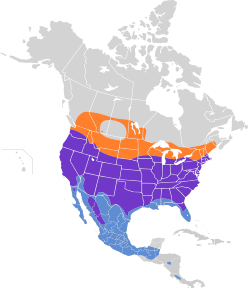
|
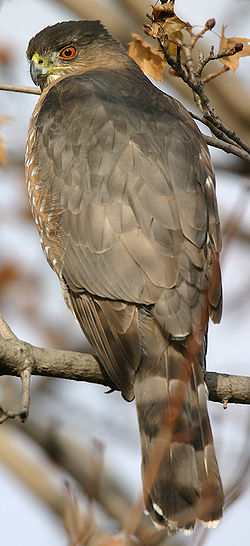 |
| Red-tailed hawk (Accipiter jamaicensis) | |
|---|---|
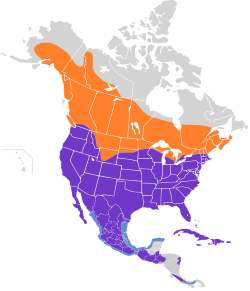
|
 |
| Bateleur Eagle (Terathopius ecaudatus) | |
|---|---|
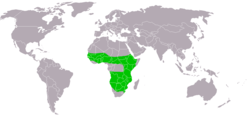
|
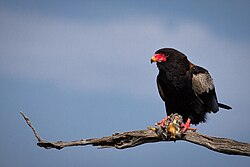 |
| Harris's hawk (Parabuteo unicinctus) | |
|---|---|

|
 |
| Bald Eagle (Haliaeetus leucocephalu) | |
|---|---|
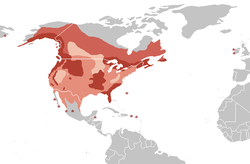
|
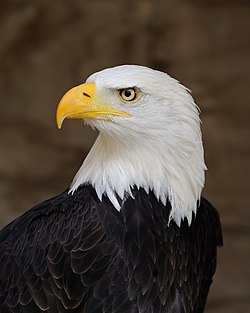 |
| Harpy Eagle (Harpia harpyja) | |
|---|---|
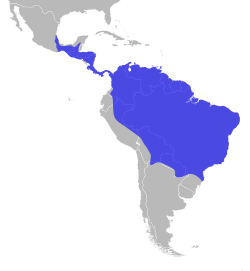
|
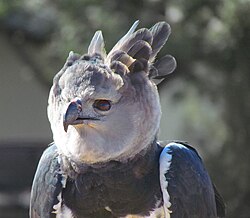 |
| Eurasian Sparrowhawk (Accipiter nisus) | |
|---|---|
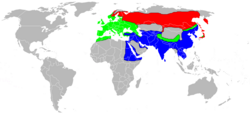
|
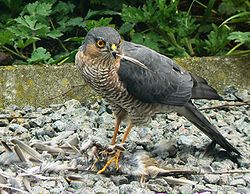 |
| Montagu's harrier (Circus pygargus) | |
|---|---|
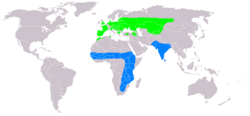
|
 |
| White-bellied sea eagle (Haliaeetus leucogaster) | |
|---|---|
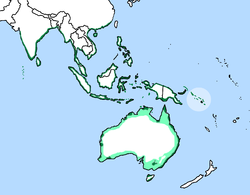
|
 |
| Pacific Baza (Aviceda subcristata) | |
|---|---|
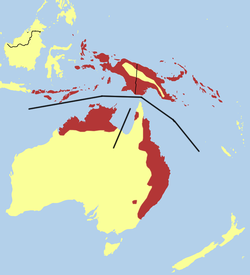
|
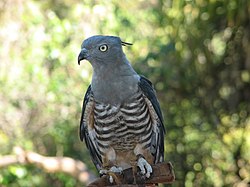 |
| Hen Harrier (Circus cyaneus) | |
|---|---|
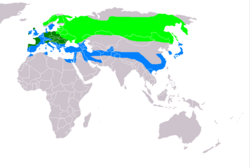
|
 |
| Eleonora's Falcon (Falco eleonorae) | |
|---|---|
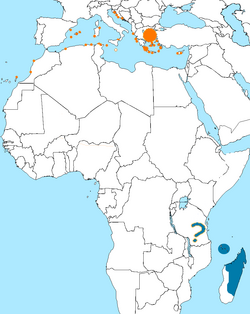
|
 |
7
7a
7b
7c
7d
7e
7f
7g
7h
